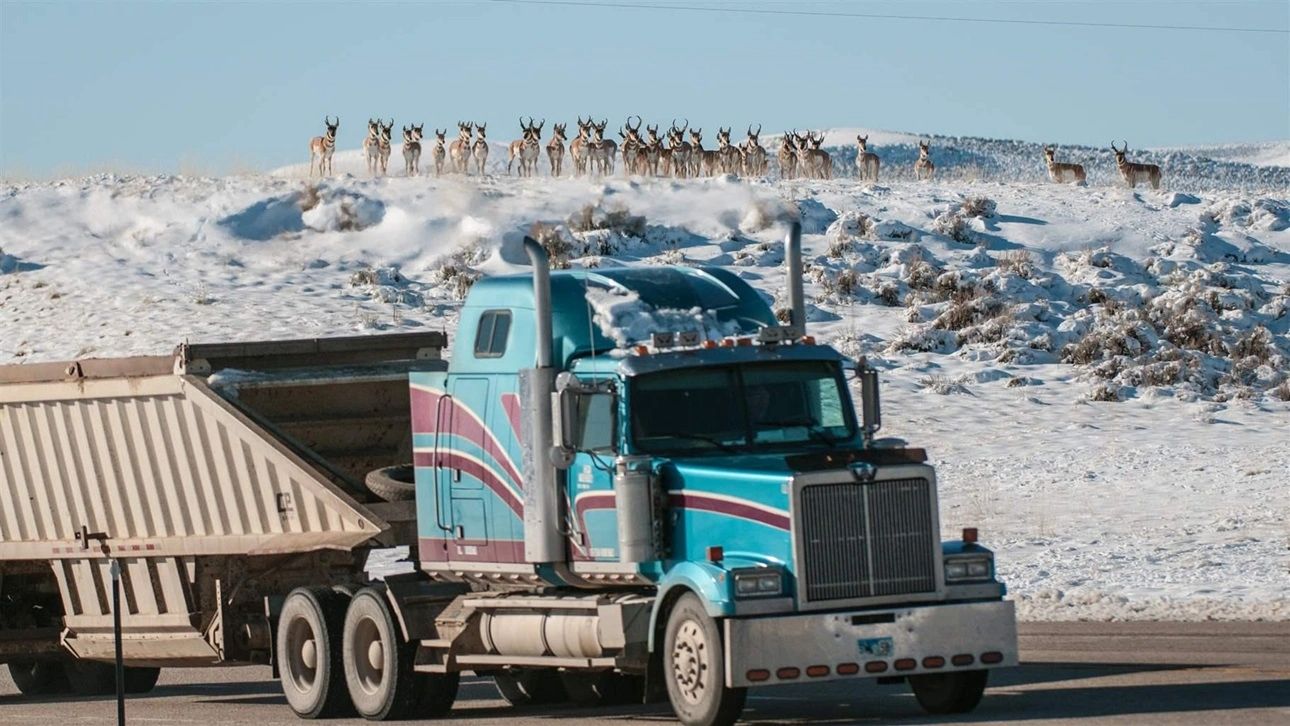
PewTrusts.org, by Matt Skroch February 25, 2020
Structures that steer animals over and under roads reduce collisions with vehicles, and costs
Nobody wants to collide with a deer or elk at 60 miles per hour, yet on the rural roads and highways of the American West, that’s an all-too-common occurrence, and one that ends badly for both humans and wildlife. Nationwide, about 26,000 people are injured by wildlife-vehicle collisions every year, costing Americans more than $8 billion in vehicle repair, medical costs, towing, and other expenses. To cite just one statistic: The average cost of a vehicle colliding with a moose exceeds $44,000 in 2018 dollars.
As for the wildlife, 1 million to 2 million deer, elk, and other large animals die every year after being struck by a car or truck. Unfortunately, these accidents are becoming more common as Western states build more roads and otherwise encroach on big-game habitat and migration routes. But state and federal lawmakers, working with various partners, can do something about it.
Today, data and research reveal a lot about where deer, elk, and other animals move, and where wildlife-vehicle collisions are most likely to happen. These “hot spots” show where investments in transportation infrastructure such as wildlife overpasses or underpasses could provide a win-win for animals and motorists alike.

For instance, on a short stretch of U.S. Highway 191 near Pinedale, Wyoming, called Trappers Point, dozens of pronghorn antelope and mule deer were colliding with vehicles during the animals’ seasonal migration between summer and winter habitats, resulting in about $500,000 in costs per year. In 2012, the Wyoming Department of Transportation built two wildlife bridges and six underpasses, and within three years, wildlife-vehicle collisions dropped 81 percent overall, and collisions with pronghorn were eliminated. As John Eddins, then the department’s district engineer, noted, “These types of projects are expensive, but when you are saving $500,000 each year in vehicle crash costs and wildlife mortality costs, the project pays for itself in about 20 years.”
Trappers Point is one of a growing number of successful transportation projects that not only keep wildlife and people safe but also provide a significant return on investment. In January, Pew commissioned a report by the Center for Large Landscape Conservation that synthesized research on the cost-effectiveness of building wildlife-friendly crossing structures in collision hot spots. The report found that in areas where an average of five or more collisions between motorists and deer occur per mile per year, or where collisions with elk average two or more per mile per year, the savings that result from avoided accidents exceed the costs of constructing the bridges and underpasses. In areas where moose and vehicles collide—accidents that are typically more severe and expensive than collisions with other species—research shows that building effective wildlife crossings can yield a net economic benefit even when just one collision occurs per mile per year.

These findings provide valuable information for decision-makers charged with developing our nation’s transportation policy and setting funding priorities. This fall, the five-year federal surface transportation act, which largely funds road and bridge construction across the country, will expire. Congress is working on a new version of the act, and wildlife crossing structures are currently part of a bipartisan bill that was approved by the Senate Environment and Public Works Committee last year. That bill, the America’s Transportation Infrastructure Act of 2019, includes a new discretionary grant program of $250 million over five years to support construction projects that protect motorists and wildlife. The House of Representatives is beginning work on a similar bill, with details yet to be unveiled about how and whether wildlife-friendly transportation infrastructure will fit into the next five years of federal surface transportation funding.
The Pew Charitable Trusts will continue to help facilitate and support opportunities for stakeholders, including state agencies, to come together to share best practices and the latest science to save lives and money, and ensure that people and wildlife can continue to thrive across the landscapes of the West.

